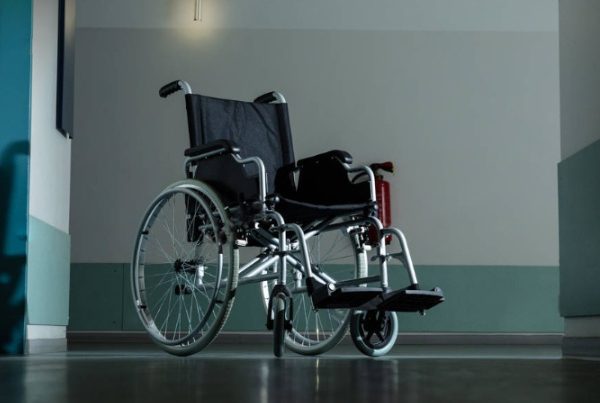Case Summary
Since 1991 the United States Navy has been commissioning a new fleet of state of the art Arleigh Burke class destroyers, equipped with the latest Aegis weapons system and the capability to launch nuclear cruise missiles as well as conventional ordinances. All electrical power for the operation of these ships is provided by a series of three generator sets. Without the electrical power generated by these generator sets, the billion dollar destroyers are blind and defenseless.
The generator sets have been designed and produced by: Allison Engine Company (formerly a division of General Motors Corporation and now owned by Rolls Royce); General Tool Company; and Southern Ohio Fabricators. A False Claims Act case was brought by Roger Sanders and Roger Thacker, two former employees of the assembler of the generator sets, General Tool Company, in 1994. These relators worked hand in glove with the Navy Criminal Investigative Service for years before filing their False Claims Act action alleging that: the generator sets were not manufactured or tested according to Navy specifications and standards; and that the Navy has been overcharged for redesigned versions of the generator sets which cost less to produce.
“The case has become the focus of nationwide attention by all three branches of government. Some of the history of this now 19 year-old case follows.”
In 2002, A United States Magistrate Judge in Cincinnati found that the United States had been overcharged for the Gen Sets because the Gen Sets had not been properly tested. This ruling was set aside by a federal judge in Dayton in 2003. The case then went to a jury trial in 2005 in Dayton but the same federal judge determined after 5 weeks of trial that even though the case was brought only against Navy Subcontractors, invoices from the Navy’s prime shipyard contractors were required to be proven. The Sixth Circuit Court of Appeals reversed the trial judge and determined that “a reasonable jury could find for relators [Sanders and Thacker].”
The Chamber of Commerce then entered the picture and with the help of former United States Solicitor General Theodore Olson convinced the Supreme Court of the United States to review the case. On February 26, 2008 we argued the case to the high Court. See OYEZ site for USSC Oral Argument and Transcript. Listen here to the USSC Oral Argument.
On June 9, 2008 the Supreme Court by a 9-0 vote determined that we had been correct that the False Claims Act did not require subcontractor invoices to be presented to the United States. See Supreme Court Decision 553 U.S. 662 (2008). But the Court went on to add an intent requirement to claims against subcontractors which seems at odds with what Congress intended. See our Summary of the Decision. Congress requested our views on both the Supreme Court’s ruling and other False Claims Act matters in 2008. Congress in 2009 legislatively overturned the Supreme Court’s decision. The case became even more complicated when primary defendant General Motors declared bankruptcy in 2009.
Based on the Supreme Court’s decision, the Sixth Circuit Court of Appeals returned the case to the same trial judge who had made the erroneous decision that presentment was required by subcontractors. The trial judge then determined that Congress and President Obama acted unconstitutionally in enacting the amendments to the False Claims Act.
The Sixth Circuit Court of Appeals then accepted an interlocutory appeal of the trial court’s decision and heard oral argument on June 5, 2012 as to whether the 2009 False Claims Act Amendments are constitutional.
On November 2, 2012, the Sixth Circuit Court of Appeals again reversed the trial judge in all respects. The Court determined that it is constitutional to apply the 2009 False Claims Act Amendments to this case and those Amendments specifically apply to this lawsuit. See Court of Appeals summary.
In 19 years the issues in this case have been won before a United States Magistrate Judge, the Sixth Circuit Court of Appeals (twice), the United States Supreme Court, and the Congress. Bankruptcy Courts in both New York and Cincinnati have considered issues in the case. There are at least 16 published decisions by Courts handling this case. The Sanders case has impacted virtually ever False Claims Act case which has been filed in the last ten years.
Facing a second trial in 2014, settlements were reached with all defendants totaling approximately $16 Million. Our clients were paid the maximum share – 30% — permitted by the False Claims Act.















